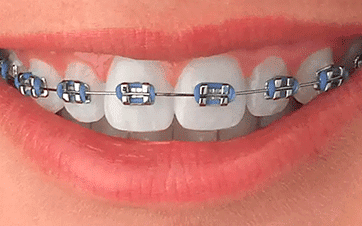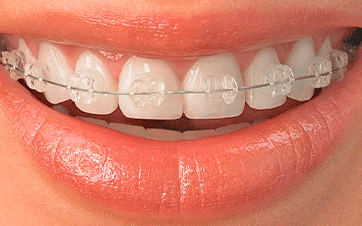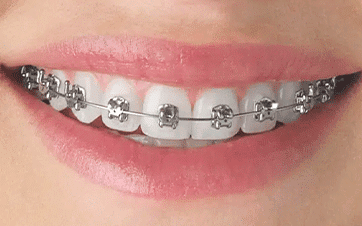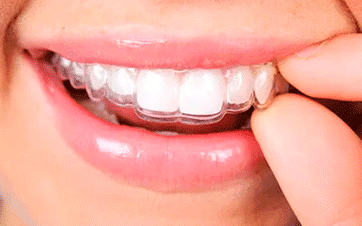RICHMOND BRACES
The Perfect Richmond Braces for a Beautiful Smile
Braces can unlock a level of self-assurance you never knew you had. When your teeth align beautifully, you'll find yourself smiling more often and with greater confidence. Welcome to Villa Orthodontics, where we specialize in creating beautiful smiles through the modern magic of braces. We're here to guide you on a journey that combines the artistry of orthodontics with the comfort and convenience of today’s treatments.



